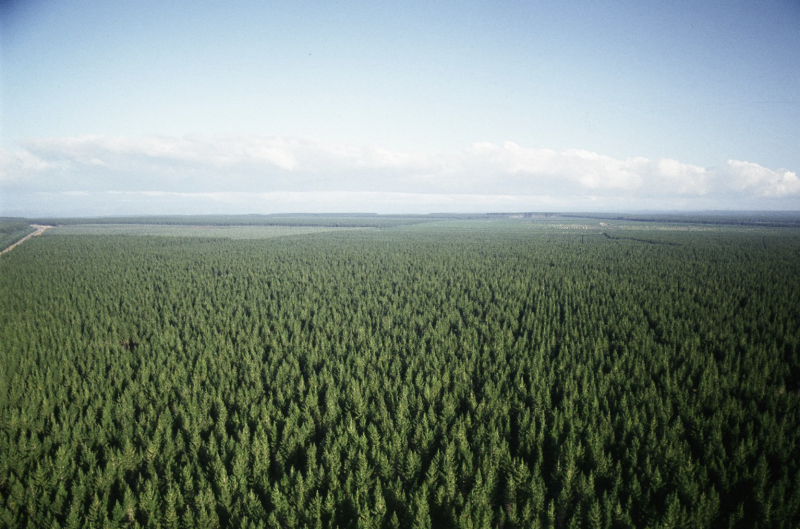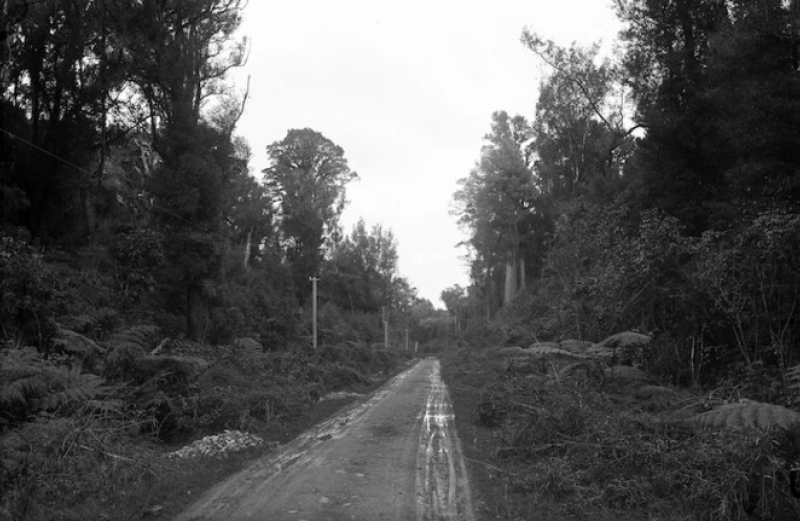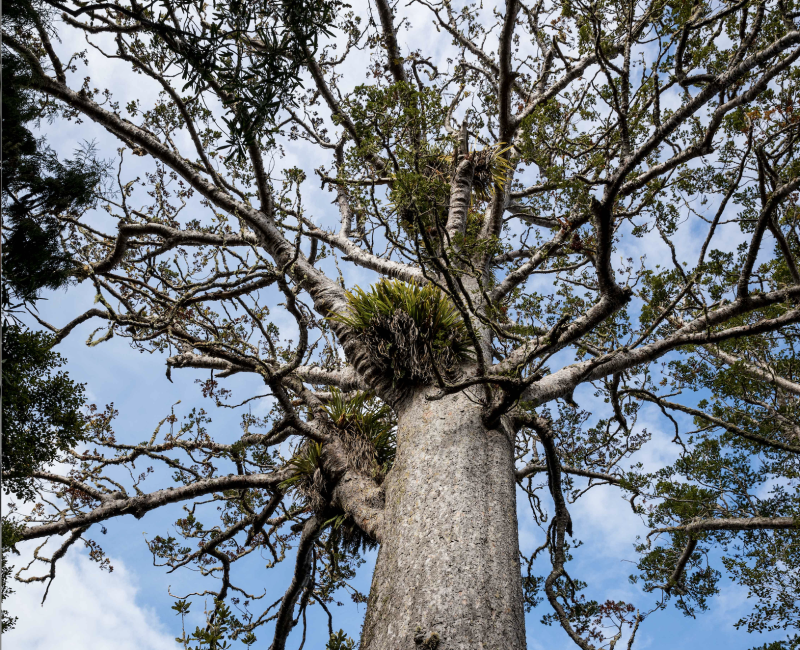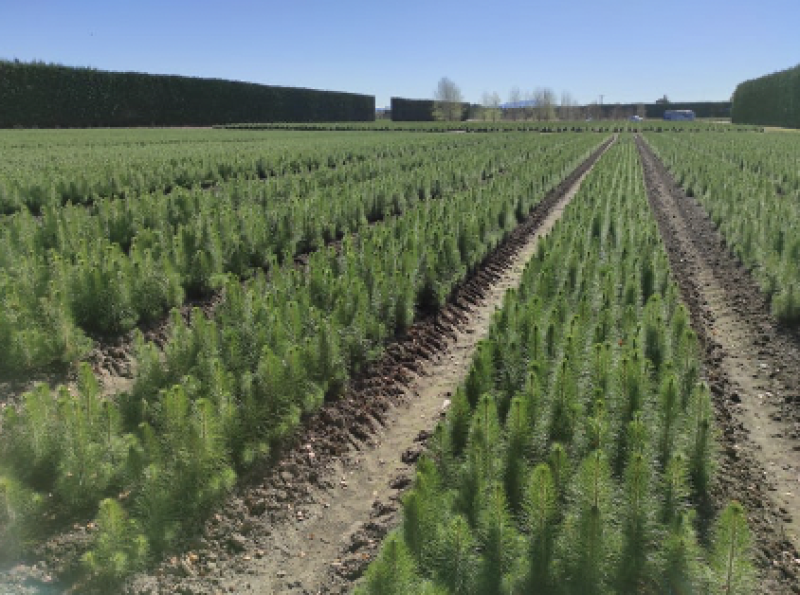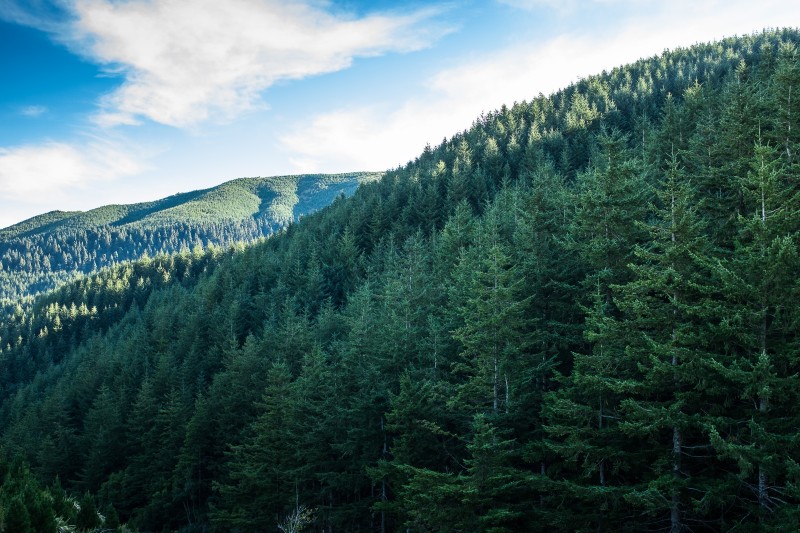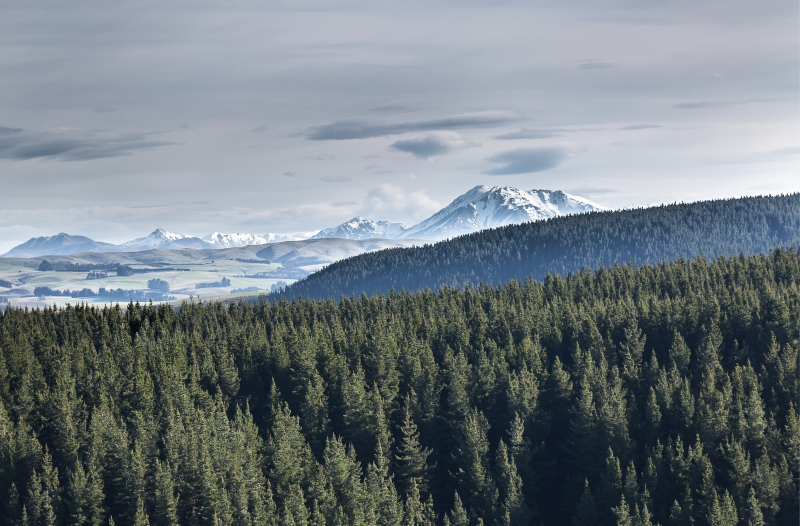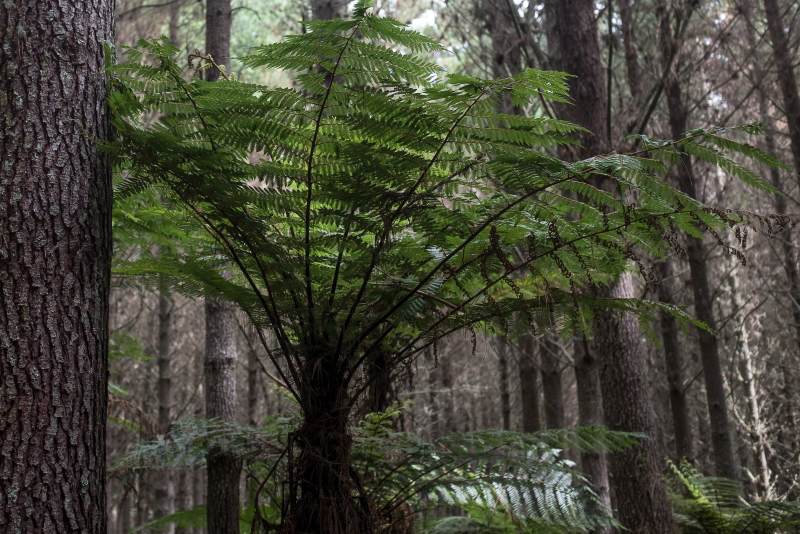The region could be called the birthplace of plantation forestry in New Zealand.
A forestry nursery was set up over 120 years ago at the edge of Whakarewarewa Forest in Rotorua to find exotic tree species that would grow well and provide an alternative to logging the country’s native forests.
The seedlings raised in that nursery became the first plantings in the nearby Kaingaroa Forest, and on the site of the nursery now stands Scion, New Zealand’s Forestry Research Institute.

